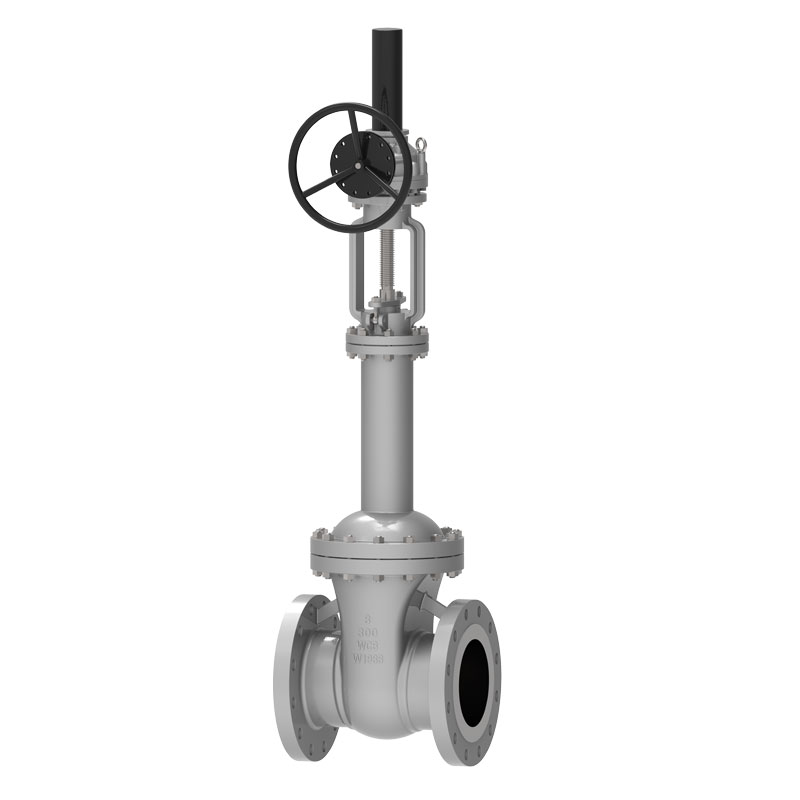Gate Valve: A Complete Guide to Its Function, Types, and Applications
2025-03-12
Gate valves are essential components in various industrial systems, used primarily to control the flow of fluids. Their ability to provide a tight seal and minimal pressure drop makes them ideal for applications that require unrestricted flow. In this guide, we will explore the working principle, different types, materials, and key applications of gate valves.
How Does a Gate Valve Work?
A gate valve operates by lifting or lowering a gate (or wedge) inside the valve body to allow or block fluid flow. Unlike other valve types, it is designed for full open or full close positions rather than throttling. This design helps in reducing pressure loss and ensuring smooth operation.

Types of Gate Valves
1. Rising Stem Gate Valve: The stem moves up as the valve opens, providing a visual indication of the valve’s position.
2. Non-Rising Stem Gate Valve: The stem remains in place while the internal gate moves up and down, ideal for limited space installations.
3. Wedge Gate Valve: Uses a wedge-shaped gate that provides a tight seal and improved durability.
4. Parallel Gate Valve: Features a flat gate that slides between two parallel seats, commonly used in high-pressure applications.
5. Knife Gate Valve: Designed for handling slurries and viscous fluids, often used in wastewater treatment.
Materials Used in Gate Valves
- Cast Iron: Suitable for low-pressure applications.
- Stainless Steel: Resistant to corrosion, commonly used in chemical and food industries.
- Bronze: Used in marine and water systems due to its durability.
- Ductile Iron: Provides high strength and reliability.
Applications of Gate Valves
- Oil and Gas Industry: Used in pipelines for shutting off crude oil, natural gas, and petroleum products.
- Water Treatment Plants: Essential for regulating water supply and waste management systems.
- Power Plants: Used in steam, cooling, and fuel handling systems.
- Chemical Industry: Handles aggressive chemicals and corrosive substances.
- Fire Protection Systems: Ensures a reliable shut-off mechanism in fire hydrants and suppression systems.
Advantages of Gate Valves
- Minimal pressure drop when fully open.
- Suitable for both high and low-pressure applications.
- Durable and long-lasting when properly maintained.
- Can handle a wide range of fluids, including water, gas, and oil.
Limitations
- Not suitable for throttling applications.
- Slow operation due to multiple turns required for full closure.
- Can be prone to wear and corrosion over time, requiring regular maintenance.
Conclusion
Gate valves play a critical role in fluid control across multiple industries. Their ability to provide a reliable shut-off, combined with their durability, makes them a preferred choice for engineers and facility managers. By selecting the right type and material, businesses can ensure efficient and long-lasting valve performance in their systems.


